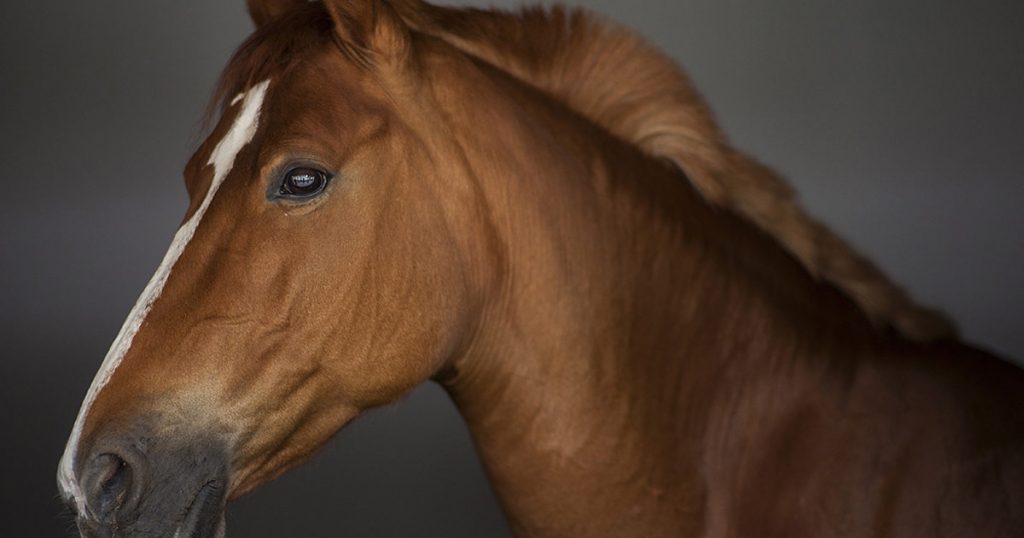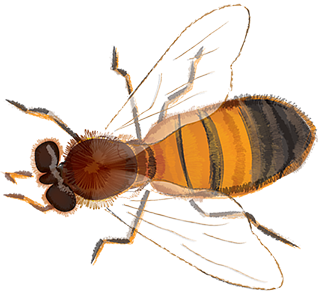Horse wound healing can be aided with high MGO Manuka Honey.
Horse wound healing can apparently be dramatically aided by the application of high MGO Manuka Honey according to a recent study by the University of Sydney School of Veterinary Science. Here’s a section of their article on the report.
Manuka honey can have significant (Horse wound healing) properties but not when low Unique Manuka Factor (UMF) is used; and beware expensive ungraded honeys. New research reveals the healing properties of UMF 20 honey on horse wounds.
New research has tested whether UMF 20 honey had better effects on healing than UMF 5 honey and generic-store bought honey, compared to untreated wounds, and to see if it was primarily because of manuka honey’s antibacterial effects or effects on the cells that help healing.
A report about the paper, in the Australian Veterinary Journal September issue, has been published in the Sydney Morning Herald and the Daily Telegraph.
Corresponding author, Professor Andrew Dart from the University of Sydney School of Veterinary Science, said the research was the most recent of a series of studies investigating the effects of manuka honey on healing of open wounds of horses.
“Honey has been used to help healing of wounds since ancient Egypt,” said Professor Dart, a registered equine surgical specialist.
“Recent interest in manuka honey has been for its superior antibacterial activity, particularly in humans where it can be effective against many of the antibiotic resistant strains of bacteria.”
Manuka honey is the only honey graded for antibacterial activity. It is graded against the standard antiseptic phenol. The grading scale is UMF (unique manuka factor). It is graded from 0-30 and graded honey will have this on the packaging.
Most honeys are active against bacteria because they contain an enzyme glucose oxidase which produces hydrogen peroxide from glucose. With heat treatment and time this enzyme is destroyed. The active constituent in manuka honey is methylglyoxal which actually increase in concentration over time.
“So, often store bought generic honey has been heat treated and stored in unfavourable conditions so has variable activity. Even fresh bought honey has not been graded like manuka honey so any activity is highly variable,” Professor Dart said.
Honeys have other bioactive components, so the effects of all honeys from different sources may vary depending on the profile of active components. Manuka honey has also been found to contain an active component that stimulates the release of chemicals from the inflammatory cells to enhance the early healing process. So manuka honey may have antibacterial effects and other direct beneficial effects on (horse wound healing).
The new research tested whether UMF 20 honey had better effects on healing than UMF 5 honey and generic store-bought honey compared to untreated wounds. It also analysed whether the healing was primarily due to manuka honey’s antibacterial effects or because of effects on the cells that help healing.
The study found wounds treated with UMF 20 honey daily for as little as 12 days healed faster than wounds treated with generic honey and untreated wounds.”
SOURCE: University of Sydney
https://sydney.edu.au/news-opinion/news/2017/09/05/honey-with-high-unique-manuka-factor-heals-contaminated-horse-wo.html







